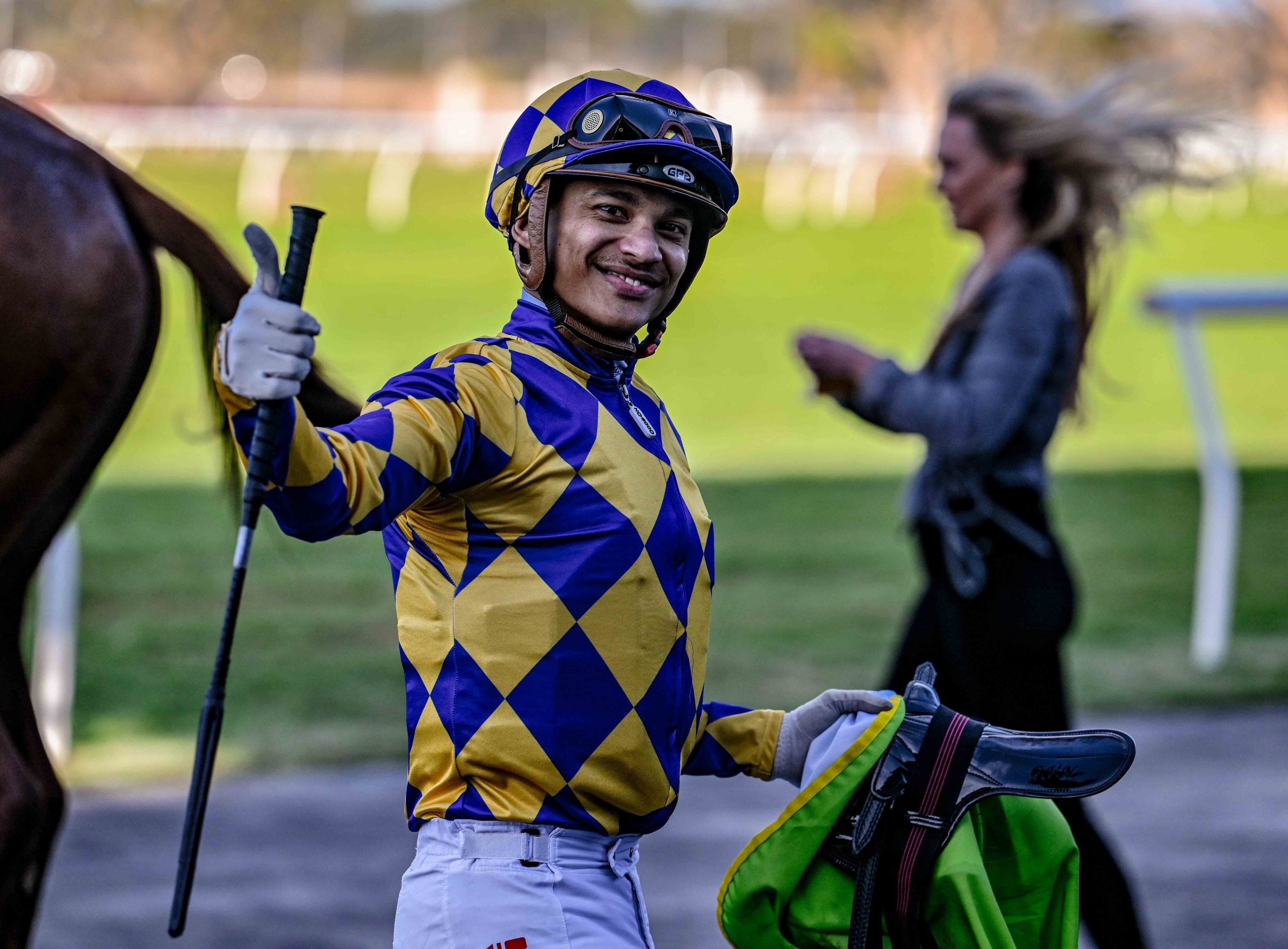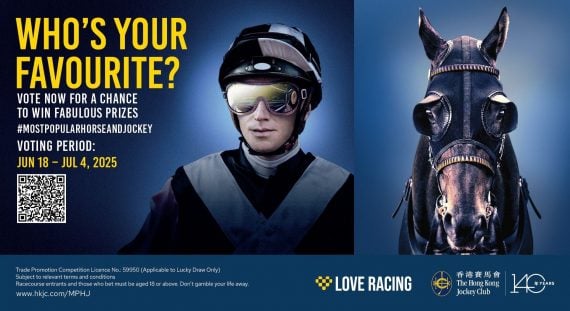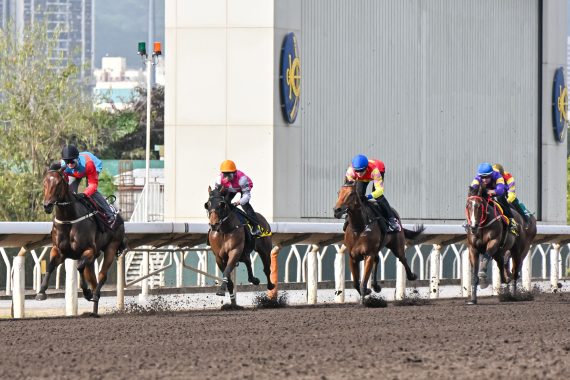The launch of the Racing Its A Rush initiative in Johannesburg last week has awakened much debate on how well, or how badly, our racing is marketed. Can the Americans teach us a thing or two?
Decide for yourself…
The TDN sat down with Stephen Panus, Vice President of Communications for the National Thoroughbred Racing Association and America’s Best Racing, to discuss the progress of ABR and the increased traffic to its website. ABR is a development initiative funded by the Jockey Club and its main focus is to increase the profile and the visibility of the best racing events.
TDN: What is the focus of ABR?
SP: We focus heavily on the lifestyle of the sport, as well as the competition. ABR is a digital and social platform and what we try to do is offer multiple touch points for the new to casual racing fan. This means if you are interested in gambling, we have a plethora of content on that. If you are interested in the fashion angle, we have content on that. If you are interested in the travel and lifestyle elements of the sport, we’ve got that. We provide content on the key races and we focus on the best events or what we call signature events. It is an integrated effort with our marketing program, which is a grassroots initiative of having brand ambassadors located in four different cities: LA, Chicago, NY and Miami.
TDN: What is the purpose of the brand ambassadors?
SP: Last year they traveled around from event to event and this year we placed them in those four markets. They are bringing a lot people to the races and providing content. They write blogs, tweet, Facebook post, etc. It is a constant circle of attracting new fans to the sport, converting them, immersing them and then they turn around and become ambassadors for us. They share their experience at the track. We are attracting a more youthful audience to the sport, around 18 to 40 years old, but we have content for everybody. We spend an inordinate amount of time trying to distribute our content to social media and we know where that target audience lives and consumes content. We have found that we were successfully able to create a website and provide content.
 TDN: What are some other methods you employ besides social media and blogging?
TDN: What are some other methods you employ besides social media and blogging?
SP: We have several contests and the most recent is the “Ultimate 48”, which was won by a 26-year-old attorney from New York, who is going to go to the Travers. The content is a 48-hour whorl wind weekend where the winner and three friends get flown into New York and Saratoga for the Travers on Saturday and on Sunday morning they get flown to San Diego to go to Del Mar and experience the Pacific Classic on Sunday evening. They get $1000 in gambling money, new clothes, a VIP experience at the track, hotel, etc. We had no paid media effort around that contest. It was purely social, digital and earned media push, and we had over 27,000 entries. Ee are looking forward to seeing how it plays out this weekend. We have had other contests and will continue to have contests. That is a big part of raising awareness and promotion. People like win things and obviously free trips to experience some of America’s best racing has proven very valuable to our efforts.
TDN: Which of your methods (i.e. blogs, contests, etc.) have proven most successful in driving viewers to the website?
SP: It starts with content. You have got to have good content if you want people to look at your website, so we take pride in the small and nimble staff that runs ABR and the efforts of the brand ambassadors. It is a collaborative approach, but it starts with the content and then the distribution on media platforms and social media. We have created in a very short term a robust, active following, which says the content we are producing resonates with people. One of the most important factors is getting people to the track and once they get to the track, they experience something. It is the first time for many of them. They may have a negative perception or none at all, but then they get to the races and it is a game changer. It is not just going to a baseball game or football game where you sit in one seat for two hours. It is where you go to an event and there are so many different things to experience or do. You move around or socialize, you drink, you gamble, you laugh, you have fun. You experience the thrill of victory and the adrenaline rush of watching your horse come down the homestretch. You meet new friends. You dress up and rub elbows with celebrities. You can’t do that in other sporting events unless you pay a pretty steep fee, but you can do that in horse racing. That leads people to go back and share their experience with their friends, like “Hey I went to Saratoga and had a great weekend. Did you know you could do this, this and this?” Or I went to Arlington Million and won a $100 because I got a tip from a brand ambassador. They tell their family and friends and it grows from there, so it is very much grassroots. The three Triple Crown races brought in a collective audience of 45 million people. Those are number that other sports would kill for. So there is an interest in horse racing, it just has to be shared more with people. Obviously increased television with the Breeders’ Cup challenge series and Jockey Club events on FOX Sports 1 helps that effort.
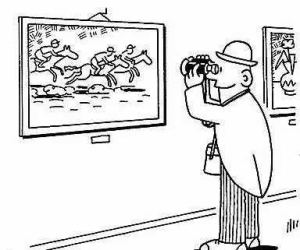 TDN: Are you able to track how many fans are new or in the millenial age range?
TDN: Are you able to track how many fans are new or in the millenial age range?
SP: If you look at traditional industry sites, most of their audience is over the age of 56. If you look at our numbers, they are the exact opposite. We get 60% of our audience under the age of 54 and a third of our audience is under the age of 40. Are we completely happy with where we are? No, but we are a 2-year-old brand that has definitely penetrated the generation. We have influential bloggers across multiple platforms and categories from fashion, to lifestyle, to foodies. You name it. Most of the people we have brought out have never been to the races and more importantly most are going back. It takes time. This is a marathon, not a sprint and the numbers we are seeing show we are definitely making an impact and there is definitely room to grow. The millennial generation has seen that horse racing is affordable, entertaining and different than other sporting events.
TDN: Who are your contributors?
SP: They are people like David Hill who is a freelance writer, who writes for the New Yorker and Dead Spin. We have folks who have experience in the racing industry and look to share their knowledge and passion in a way that translates and resonates with new fans. They are able to write in a user friendly manner that newcomers can understand. We look at our site as educainment, we are education and entertaining at the same time. We have guest bloggers from time to time and we are always looking to expand our roster. We get e-mails a lot from people looking to contribute and as the site evolves and continues to grow, we will continue to expand that. While we are hyper focused on bringing the next generation to the sport, we are not exclusive. We want everyone to read our site. There is something for everyone and that is what horse racing is, but if the sport is going to grow there has to be someone to focus on the next generation. That is the niche that we are filling.
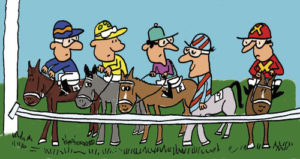 TDN: How much of your efforts are not only bringing people into the track, but teaching them to gamble in order to increase track handle?
TDN: How much of your efforts are not only bringing people into the track, but teaching them to gamble in order to increase track handle?
SP: If it was that easy, I think every track would have that recipe mastered. The first step is you have to bring people to the track and then you have to educate them, and that is what we are focused on. Our brand ambassadors are fluent in the gambling aspect and they teach them. It is a step by step process of learning to read the form, learning to read signals from the horses in the paddock and all the little intricacies that go into becoming a horse player. For those that are interested, we teach them and it takes time. One step leads to another, which leads to another. We are laying the building blocks and from there it builds upward.
TDN: What are your future plans?
SP: The future plan is to continue to grow at the rapid rate we are growing and to continue to collaborate with more tracks and partners in growing the sport. I think collectively we can do a lot more than any one track can do individually. People are interested in the sport, but are somewhat intimidated at times by the lack of knowledge. To me, that creates an opportunity to welcome them in and to educate them about all the entertaining aspects involved in horse racing. The sky is the limit as they say. This is an affordable entertainment option. There are so many different touch points to get involved in horse racing and attract people to the sport. The possibilities truly are endless for the sport to grow. More and more people are blogging about the sport. There is a renewed interest in California Chrome. The interest that horse awakened in mainstream America shows that people identify with horses, they identify with the thrill of victory and excitement of watching a horse racing. We are very optimistic about the future.
Click here to view the ABR blogs







